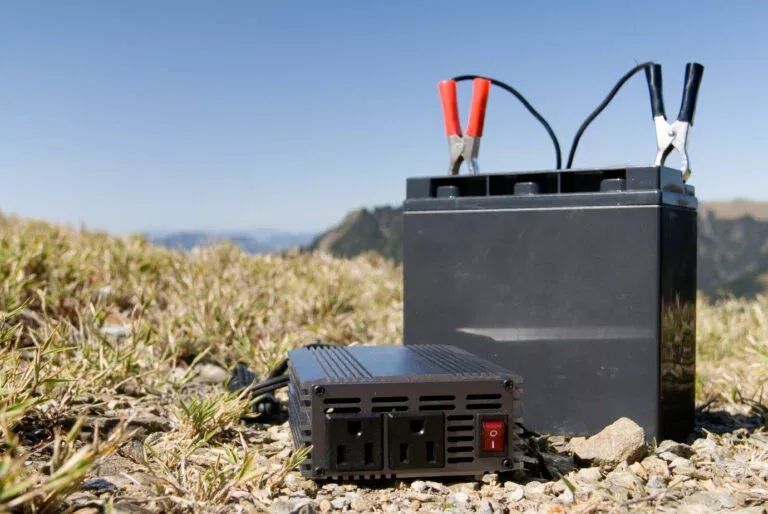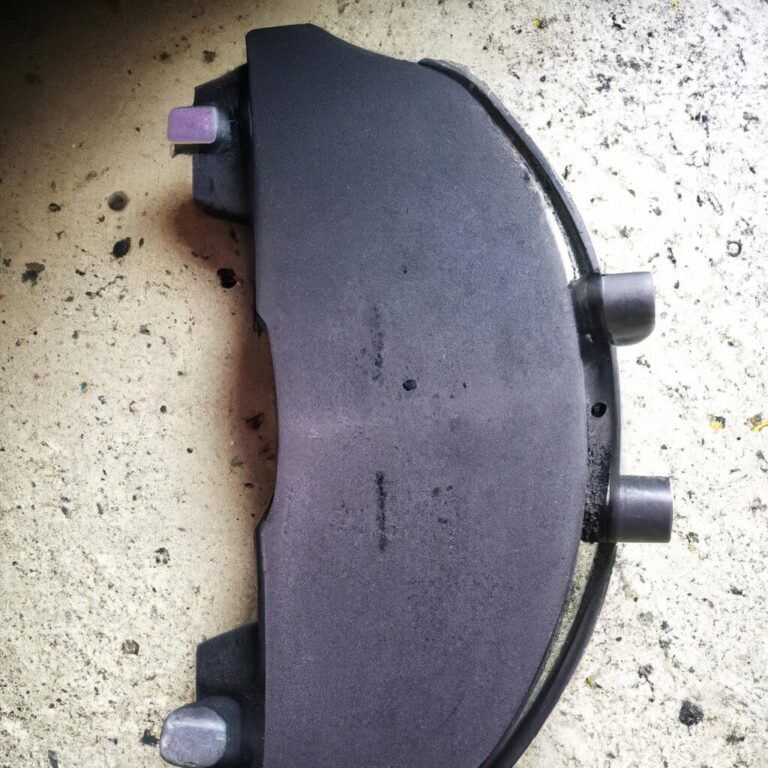A Simple Guide to Changing Spark Plugs
Changing spark plugs is a simple task that can improve your vehicle’s performance and fuel efficiency. In this guide, we’ll provide step-by-step instructions for replacing spark plugs, ensuring smooth operation of your engine.
( 121 words) Keeping your vehicle in optimal condition is crucial for its performance and longevity. One simple yet often overlooked maintenance task is changing the spark plugs. Spark plugs play a key role in the ignition process, creating the necessary spark to ignite the air-fuel mixture in the combustion chamber.
Over time, spark plugs can wear out or become contaminated, resulting in misfires, poor fuel efficiency, and a decrease in overall engine performance. By replacing the spark plugs at regular intervals, usually every 30,000 to 100,000 miles, you can restore your engine’s power and efficiency. In this guide, we will provide clear and concise instructions on how to change your spark plugs, allowing you to optimize your vehicle’s performance and fuel economy.
Understanding Spark Plugs
What Are Spark Plugs?
- Small devices that ignite the air-fuel mixture
- Located in the cylinder head
- Essential component of the engine
Importance of Spark Plugs
- Vital role in starting the engine
- Ensure efficient combustion process
- Help maintain engine performance
Spark plugs are small devices that play a crucial role in igniting the air-fuel mixture within the engine’s cylinders. These plugs are typically located in the cylinder head and are responsible for creating the spark necessary to start the combustion process. Without functioning spark plugs, your engine may struggle to start or experience misfires during operation.
What Are Spark Plugs?
- Vital role in starting the engine
- Ensure efficient combustion process
- Help maintain engine performance
Importance of Spark Plugs
- Vital role in starting the engine
- Ensure efficient combustion process
- Help maintain engine performance

Credit: www.homedepot.com
Signs Of Spark Plug Replacement
If you suspect that your vehicle’s spark plugs may need to be replaced, keep an eye out for these telltale signs:
Engine Misfiring
One of the most obvious signs that your spark plugs may need replacing is engine misfiring. This occurs when the spark plugs are unable to ignite the air-fuel mixture effectively, resulting in a sputtering or jerking sensation from the engine. You may even notice a reduction in power and acceleration. If you experience frequent engine misfires, it is crucial to address the issue promptly to prevent further damage to your engine.
Poor Fuel Economy
Another sign that your spark plugs may need attention is poor fuel economy. When spark plugs are worn out or damaged, they can cause incomplete combustion, leading to increased fuel consumption. If you’re finding that you’re making more frequent trips to the gas station or noticing a significant decrease in your vehicle’s mileage per gallon, it may be time to check and replace those spark plugs.
In addition to engine misfiring and poor fuel economy, other signs that could indicate the need for spark plug replacement include difficulty starting the vehicle, engine hesitation or rough idling, and a decrease in overall engine performance. It’s important to diagnose and address these symptoms promptly to maintain the optimal operation of your vehicle.
Preparing For Spark Plug Replacement
Before you begin replacing your spark plugs, it’s important to make sure you have all the necessary tools at hand and know where to locate the spark plugs in your vehicle. This simple guide will walk you through the process of preparing for spark plug replacement, making it a breeze to tackle this DIY task.
Gathering Necessary Tools
First, gather all the tools you’ll need for this task. Having everything ready beforehand will save you time and frustration. Here’s a list of tools you’ll need:
| Spark Plug Socket | A spark plug socket is specially designed to fit over the spark plug and allow for easy removal and installation. |
| Ratchet Wrench | A ratchet wrench is used to provide leverage and make the spark plug removal process easier. |
| Extension Bar | An extension bar attaches to the ratchet wrench and allows you to reach the spark plugs in hard-to-reach areas. |
| Spark Plug Gap Tool | A spark plug gap tool ensures that the gap between the spark plug’s electrodes is set to the manufacturer’s specifications. |
| Anti-Seize Compound | An anti-seize compound helps prevent the spark plug from seizing in the engine block, making future removal easier. |
Locating The Spark Plugs
Now that you have your tools ready, it’s time to locate the spark plugs in your vehicle. Follow these steps to find them:
- Refer to your vehicle’s owner manual: The owner manual will typically have a diagram or description that shows the exact location of the spark plugs.
- Identify the spark plug wires: The spark plug wires are usually connected to the top of each spark plug. They may be color-coded for easier identification.
- Trace the wires: Follow each spark plug wire from the top to its corresponding spark plug. This will help you identify the exact location of each spark plug.
- Inspect the engine: Depending on your vehicle’s make and model, the spark plugs may be located on the sides, top, or bottom of the engine. Take a moment to visually inspect the engine and locate the spark plugs.
By gathering the necessary tools and locating the spark plugs in advance, you’ll be well-prepared to replace your spark plugs with confidence. With these preliminary steps out of the way, you can now move on to the actual spark plug replacement process.

Credit: www.progressive.com
Step-by-step Spark Plug Replacement
When it’s time to change your spark plugs, following a step-by-step process can make it a simple task.
Removing The Old Spark Plugs
- Ensure the engine is cool before starting.
- Locate the spark plugs; they are usually connected to thick wires.
- Detach the wire connections carefully.
- Utilize a spark plug socket and ratchet to unscrew and remove the old plugs.
Installing The New Spark Plugs
- Check the gap of the new spark plugs against specifications.
- Apply a small amount of anti-seize compound to the threads.
- Hand-tighten the new spark plugs to avoid cross-threading.
- Securely torque the spark plugs to the manufacturer’s recommendations.
Testing And Troubleshooting
Testing and troubleshooting spark plugs is an essential part of maintaining your vehicle’s performance. Regularly checking and addressing any issues can prevent engine misfires, improve fuel efficiency, and extend the lifespan of your spark plugs.
Starting The Engine
To begin testing your spark plugs, start the engine and let it idle. Listen carefully for any irregular sounds or vibrations, which could indicate a potential issue with the spark plugs. Additionally, pay attention to the engine’s performance during acceleration and cruising. Any hesitations or rough idling may point to spark plug problems.
Addressing Any Issues
If you encounter any issues during testing, it’s crucial to address them promptly. One common troubleshooting step is to visually inspect the spark plugs for signs of wear, such as fouling or erosion. Use a spark plug wrench to remove each spark plug carefully and examine the electrode and insulator. Look for deposits, discoloration, or any other anomalies that could impact their performance.

Credit: www.youtube.com
Frequently Asked Questions Of A Simple Guide To Changing Spark Plugs
How Do You Change Spark Plugs For Dummies?
To change spark plugs, locate them using a spark plug wrench and disconnect the plug wires. Remove the old plugs and replace with new ones, tightening carefully. Reconnect the wires, ensuring a secure fit. Finally, test the engine to ensure proper ignition.
In What Order Should You Replace Spark Plugs?
Replace spark plugs in the specified order according to your vehicle’s maintenance schedule. Ensure each plug is properly installed.
What Should You Not Do When Changing Spark Plugs?
When changing spark plugs, do not force the new plugs into place. Avoid overtightening the plugs to prevent damage. Never touch the electrode or ceramic insulator. Make sure to use the correct size and type of spark plug for your vehicle.
Finally, do not forget to properly gap the plugs before installation.
Is It Ok To Change Spark Plugs Yourself?
Yes, it is okay to change spark plugs yourself. It is a simple and straightforward task that can be easily done with basic tools and a little know-how. Just make sure to consult your vehicle’s manual for the correct spark plug type and torque specifications.
Conclusion
Maintaining your car’s spark plugs is crucial. By following this guide, you can effortlessly change them yourself. Remember to replace them regularly for optimal performance. Keep your engine running smoothly by staying on top of this simple maintenance task. Happy driving!



